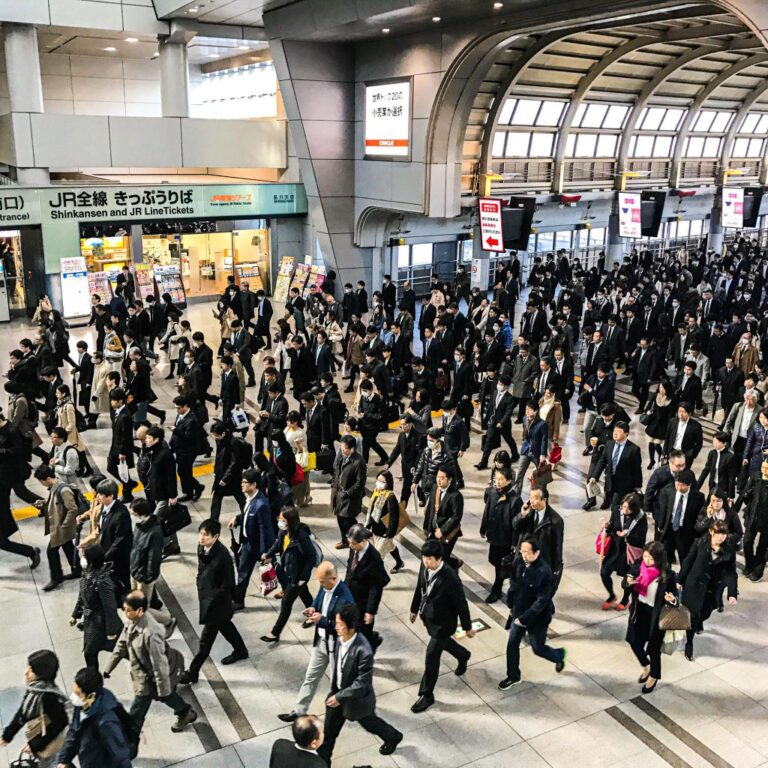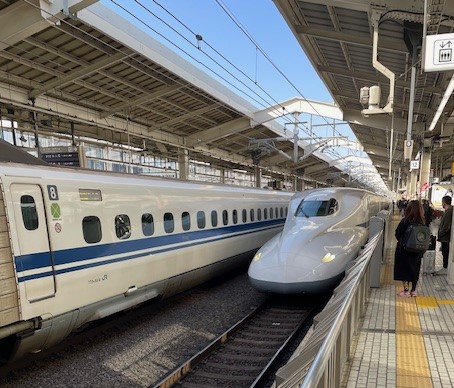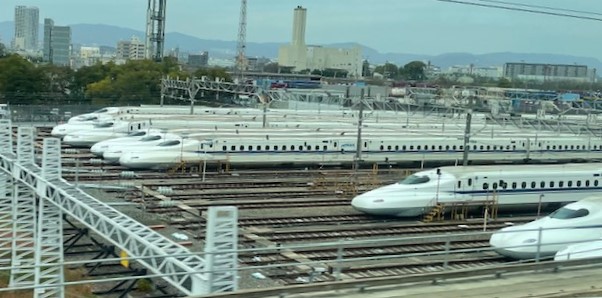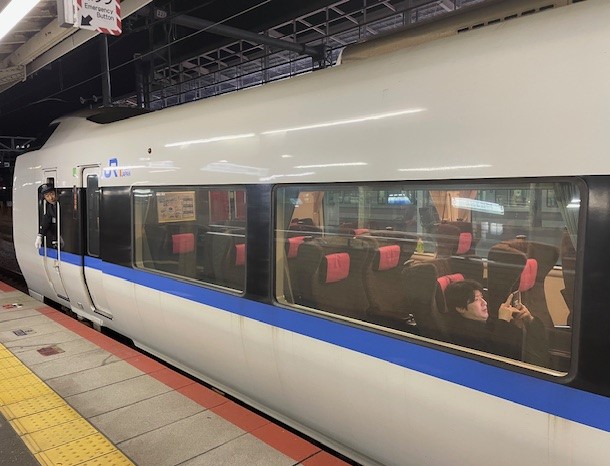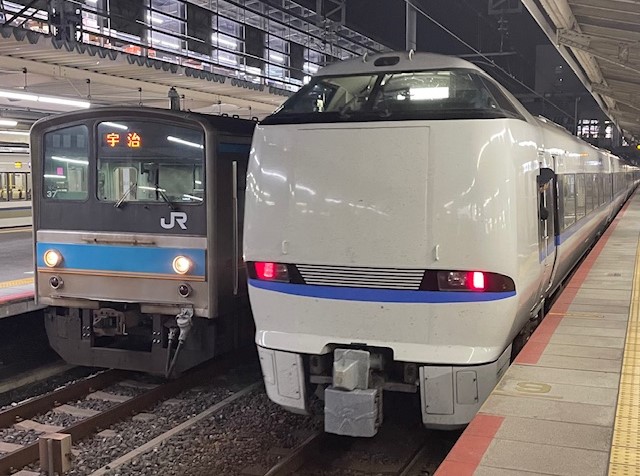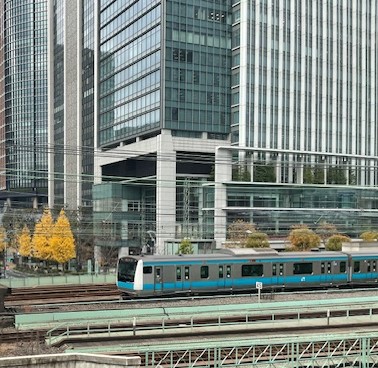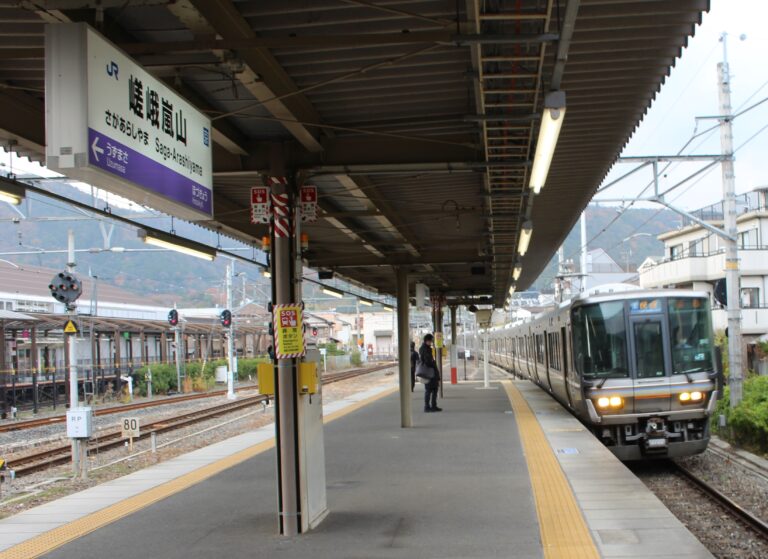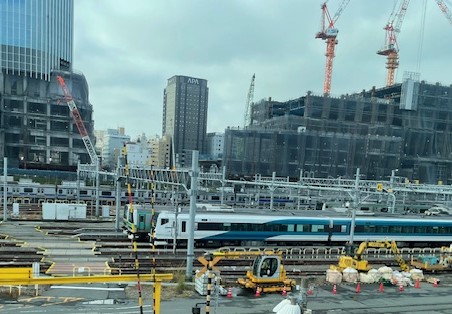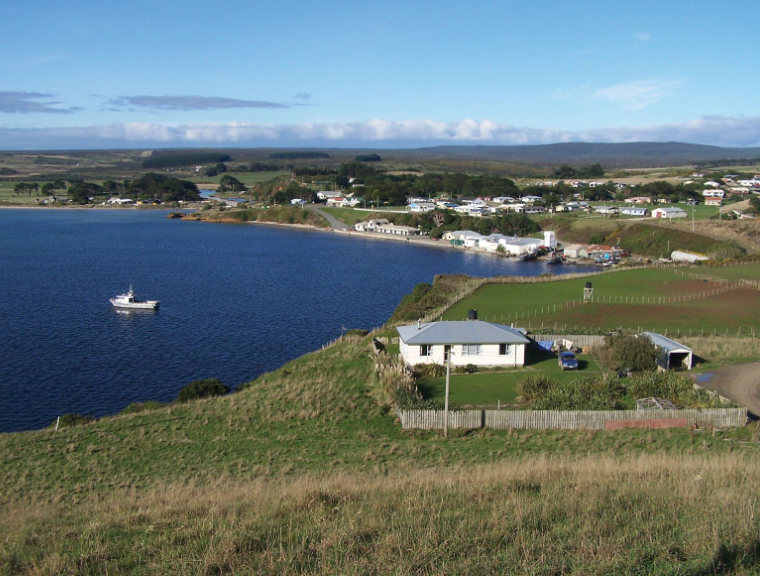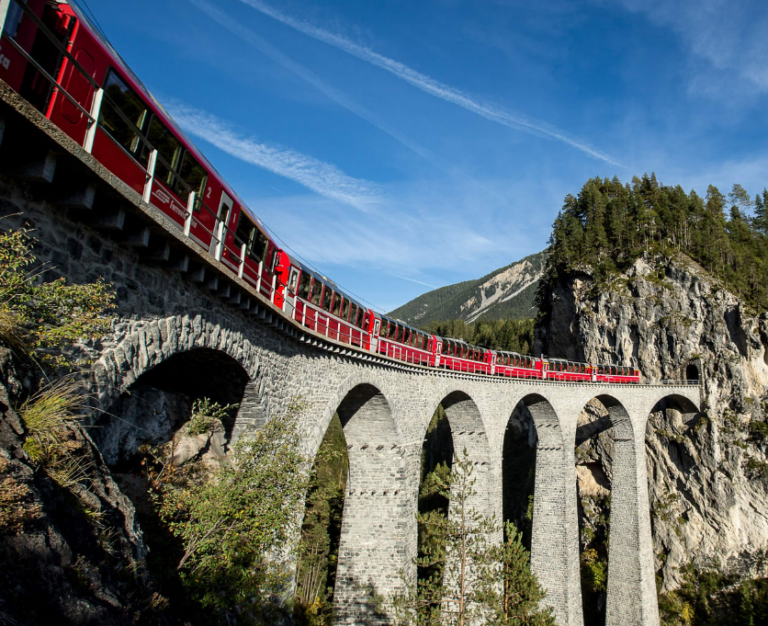In Japan, railroads are the primary mode of passenger transportation, and they have been ever since the first passenger steam locomotives debuted in Japan during the Meiji Restoration in 1872.
There is 30,625 km of rail lines all over Japan and they carry more than 9 billion passengers per year. Due to the country’s extensive use of its rail system, 46 of the top 50 busiest stations in the world are located in Japan
The railway system in Japan is so well developed, punctual, extensive and diverse that you can simply assume that wherever you plan to go – there is a train that will take you there.
The very first thing to know is that railway lines in Japan are not operated by a single company. Japanese National Railways, a government-owned company, used to be in charge of the entire rail network in Japan as well as everything associated with it.
However, In 1987, the JNR underwent privatization and was split into six independent rail companies:

